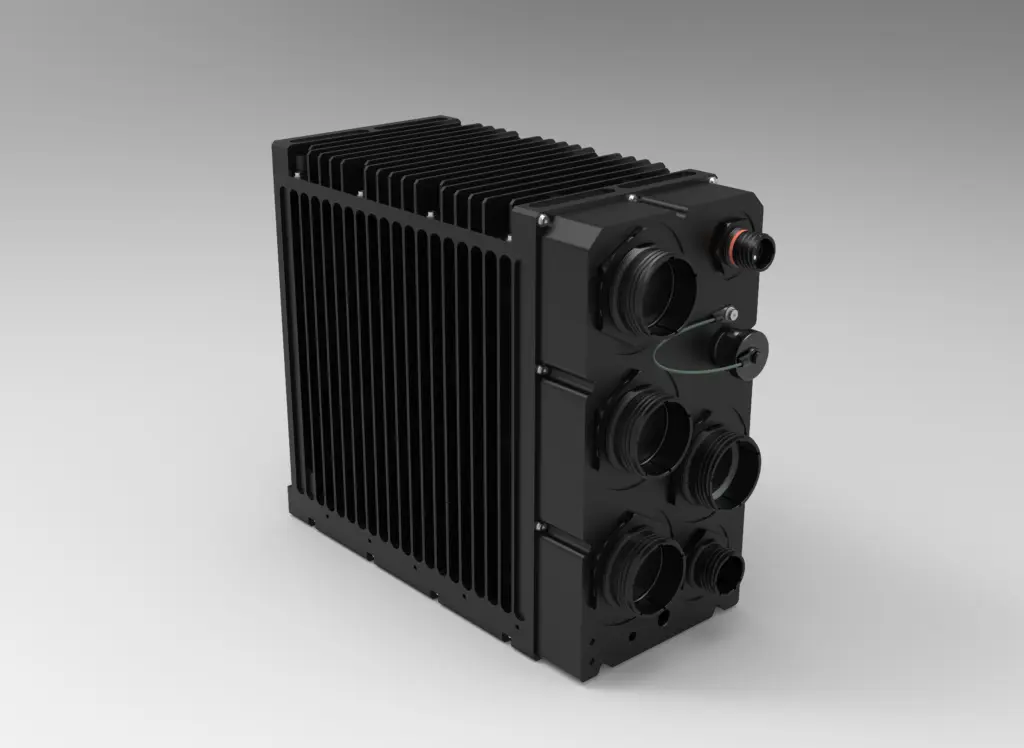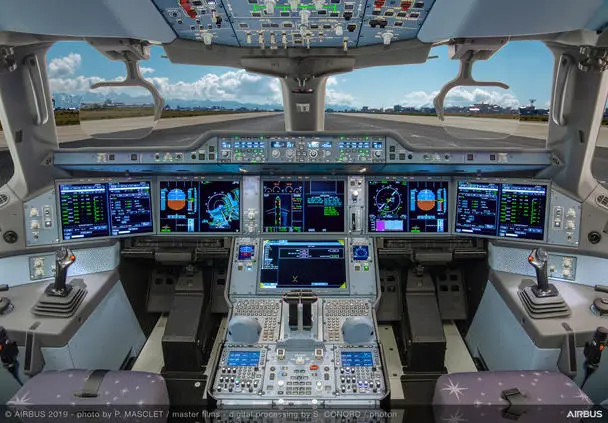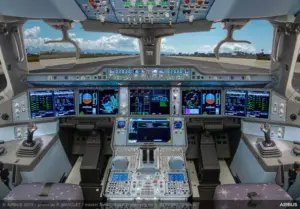Someone brought a news piece to my attention, about ScioTeq, a Belgian company that develops avionics visualization and computing solutions. The company had announced a certifiable display computer, the PU-5200.

Certifiable display computers are typically used in glass cockpits, which are cockpits that use electronic displays instead of traditional analog instruments. Glass cockpits offer a number of advantages over traditional cockpits, including improved situational awareness, reduced pilot workload, and increased safety. They are also a lot cooler than looking at dials and taping the fuel gauge, like they used to in the old days, or old movies, and hoping that you are not really running out of gas mid-air.
So, as I understand it now, a certifiable computer display in the context of avionics refers to a computer system designed to control and display various types of information (like navigation, engine parameters, radar information, etc.) in an aircraft’s cockpit and that cockpit is likely to have a digital display. The term certifiable indicates that the device meets certain predefined standards or requirements set by regulatory bodies, such as the Federal Aviation Administration (FAA) in the United States or the European Union Aviation Safety Agency (EASA).

These certifications can be very demanding as they require the system to be highly reliable and capable of operating safely in a wide variety of situations. This is critical for avionics equipment because failures can have serious, potentially life-threatening consequences. For instance, certifications might require the system to be resistant to high levels of vibration, extreme temperatures, or electrical interference. Something like the SciTeq PU-5200 has been designed and built to meet these stringent requirements and can be legally and safely installed in an aircraft.
Then I tried to get some idea of what the market for this kind of products is, and in general, Frost and Sullivan gave me a market size of $63 billion by 2030 with a compound annual growth rate (CAGR) of 6.5%. Then, a little more digging around, and putting together data from various sources, the consensus for the global avionics display market is projecting a market value of $10.7 billion by 2025. And it all pans out at about 6.5% CAGR, too. Not having had much experience of this neck of the display industry, and not knowing all the different market data sources that well, companies like Grandview and Transparency market research, it still seems like these numbers are adequate.
Back to the PU-5200 which is meant to interface seamlessly with a variety of avionics visualization displays, including those produced by third parties, and even a mixture of both. It’s designed around multiple ARM-core based processors, and looks like a beast, something the military would love and would subject to hell on earth.
And digging a little deeper, it became clear that the growth trajectory of the avionics display market has been buoyed by the rising adoption of glass cockpits in commercial, military, and general aviation. Things like touchscreen displays, OLED and AMOLED displays, and augmented and virtual reality technologies, particularly heads-up displays (HUDs) are all influencing market trends.
There also seems to be a lot of modularity in the integration of the systems, hence the PU-5200 being rigged up to work with an mixed bag of displays in the cockpit. The display avionics market looks like it has short upgrade cycles, certainly compared to other display segments, and that’s the price airplane manufacturers, and their customers, have to pay to keep their products in the air, something that I am sure we can all agree is a good thing.
I am certainly looking forward to learning more about the avionics display market, having been enticed into it by what looks Mad Max’s desktop PC. I mean, 6.5% CAGR for a display business ,for the next five years, at least? The question is, what percentage of the growth will go to AR displays and HUDs? And can we be there when they test the cockpit displays for certification because it sounds like it’d a lot of fun?

